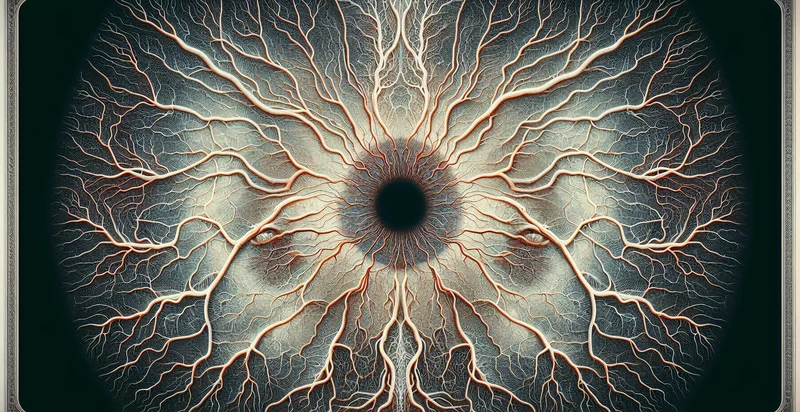Identify retinal pigment
using AI
Below is a free classifier to identify retinal pigment. Just upload your image, and our AI will predict the type of retinal pigment abnormality present in the image - in just seconds.

Contact us for API access
Or, use Nyckel to build highly-accurate custom classifiers in just minutes. No PhD required.
Get started
import nyckel
credentials = nyckel.Credentials("YOUR_CLIENT_ID", "YOUR_CLIENT_SECRET")
nyckel.invoke("retinal-pigment", "your_image_url", credentials)
fetch('https://www.nyckel.com/v1/functions/retinal-pigment/invoke', {
method: 'POST',
headers: {
'Authorization': 'Bearer ' + 'YOUR_BEARER_TOKEN',
'Content-Type': 'application/json',
},
body: JSON.stringify(
{"data": "your_image_url"}
)
})
.then(response => response.json())
.then(data => console.log(data));
curl -X POST \
-H "Content-Type: application/json" \
-H "Authorization: Bearer YOUR_BEARER_TOKEN" \
-d '{"data": "your_image_url"}' \
https://www.nyckel.com/v1/functions/retinal-pigment/invoke
How this classifier works
To start, upload your image. Our AI tool will then predict the type of retinal pigment abnormality present in the image.
This pretrained image model uses a Nyckel-created dataset and has 21 labels, including Age-Related Changes, Choroidal Neovascularization, Congenital Changes, Diabetic Retinopathy, Disorganized Pigmentation, Drusen Present, Hereditary Retinal Disease, Hyperpigmented, Hypopigmented and Inflammatory Changes.
We'll also show a confidence score (the higher the number, the more confident the AI model is around the type of retinal pigment abnormality present in the image).
Whether you're just curious or building retinal pigment detection into your application, we hope our classifier proves helpful.
Related Classifiers
Need to identify retinal pigment at scale?
Get API or Zapier access to this classifier for free. It's perfect for:
- Automated Disease Screening: This function can be utilized in healthcare settings to automate the screening process for retinal diseases. By accurately identifying retinal pigment abnormalities, healthcare providers can prioritize patients for further examination and intervention, improving overall patient outcomes.
- Research and Development: Pharmaceutical companies can leverage this false image classification function during the research phase of new ophthalmic drugs. By monitoring retinal pigment changes in clinical trials, they can gather vital data on drug efficacy and safety faster, thereby accelerating the development process.
- Telemedicine Solutions: This function can enhance telemedicine platforms by providing remote eye care specialists with reliable tools to analyze retinal images. Patients can receive timely diagnoses without needing to visit a specialist, thereby increasing access to eye care services in underserved areas.
- Educational Tools for Medical Students: Medical schools can incorporate this classification function into their teaching modules to help students understand how to identify retinal pigment abnormalities. By using real-case scenarios, students can enhance their diagnostic skills in a controlled environment.
- Insurance Claims Processing: Insurance companies can deploy this function to assess retinal images submitted with claims for eye-related treatments. By swiftly identifying relevant conditions, insurers can streamline the claims process, reducing both the time and costs associated with manual reviews.
- Patient Monitoring Systems: Integrating this function into patient monitoring systems can alert healthcare practitioners to significant changes in retinal health over time. This early detection mechanism can facilitate prompt intervention, potentially preventing vision loss in at-risk patients.
- Public Health Initiatives: Public health organizations can use this classification function to analyze retinal health trends across populations. By understanding the prevalence and types of retinal pigment abnormalities, they can design targeted awareness campaigns and healthcare programs aimed at reducing vision impairment.


